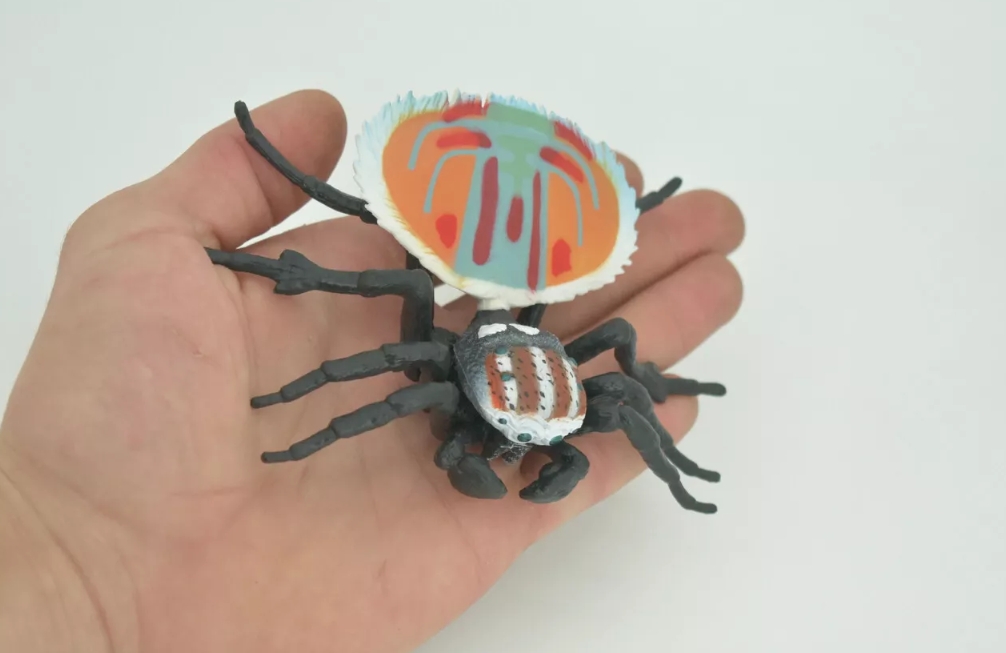Spider model is a conceptual framework widely used in various fields, which is often used to describe and analyze the interrelationships and structures in complex systems. This model, with its flexibility and intuitiveness, is an effective tool for understanding complex phenomena.
In the spider model, the central node usually represents a core element, while the other nodes are connected to the central node by various connecting lines, forming a structure similar to a spider web. These connections are not only linear, but often manifest in a variety of complex relationships, such as causation, interaction, and feedback mechanisms. In this way, users can visually see the relationships between the individual elements and thus better understand how the overall system works.
The spider model has a wide range of applications, including ecosystem analysis, social network research, and project management. In ecosystems, models can help analyze interactions between different species and reveal the fragility of the ecological balance. In social network research, the spider model can depict the relationship between individuals and analyze the path and influence of information transmission. In project management,this model helps to identify the dependencies between tasks, so as to optimize the allocation of resources and improve efficiency.
In addition, the flexibility of the spider model makes it suitable for different situations and needs. Researchers can adjust the Settings of nodes and connections to specific problems to better focus on specific research objectives. This adaptability has made spider models one of the most important tools for analyzing complex systems in academic research and practical applications. In conclusion,the spider model is not only an effective visualization tool,but also provides deep insights into understanding complex systems.




